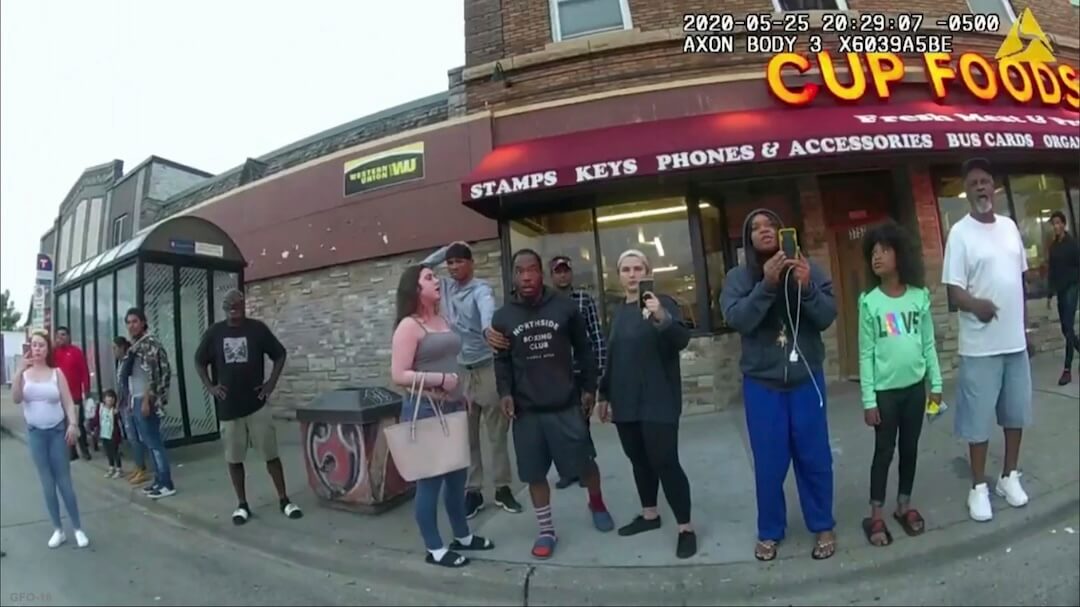Fox News host Sean Hannity misleadingly claimed that President Joe Biden was venturing into unprecedented territory with his pledge to nominate a Black woman as a replacement for U.S. Supreme Court Justice Stephen Breyer, who is retiring after 28 years.
“I’m saying this fully acknowledging that there are definitely qualified people in all backgrounds, all races, all religions, etc., etc.,” Hannity said Jan. 27 during a conversation on his radio show. “But there’s never been a president that has made race and gender the defining factor. That’s the difference here.”
Biden, who promised during his campaign to nominate the first Black woman to the nation’s highest court, said he plans to settle on a nominee before the end of February. Only two Black men, the late Justice Thurgood Marshall and Justice Clarence Thomas, and only one woman of color, Justice Sonia Sotomayor, who is Hispanic, have ever served on the Supreme Court.
But Hannity’s claim that Biden did what’s never been done before when he announced his intent to fill Breyer’s seat with a Black woman — a move some conservatives have cast as affirmative action — runs counter to the long history of Supreme Court nominations.
A spokesperson for Hannity’s radio program did not respond to a request for comment.
Less than two years ago, President Donald Trump vowed to nominate a woman to replace the late Justice Ruth Bader Ginsburg. He then appointed Justice Amy Coney Barrett to the vacancy.
“I will be putting forth a nominee next week. It will be a woman,” Trump said Sept. 19, 2020, during a rally in Fayetteville, North Carolina. He later added: “It will be a woman, a very talented, very brilliant woman. I haven’t chosen yet, but we have numerous women on the list.”
Decades earlier, President Ronald Reagan said that if he were elected, he would nominate the first woman to the Supreme Court. “It is time for a woman to sit among our highest jurists,” he said at a news conference weeks before the 1980 election, according to the Washington Post.
A year later, Reagan followed through, nominating Justice Sandra Day O’Connor.

President Reagan presents his Supreme Court nominee Sandra Day O’Connor to members of the press, July 15, 1981, in the Rose Garden at the White House prior to the start of a meeting between the two which took place in the Oval Office. (AP Photo)
Race, and also religion, played a role in other Supreme Court nominations, as well.
Nikolas Bowie, assistant professor of law at Harvard Law School, said Hannity’s claim “ignores the reality that from 1789 through 1967, every president made race and gender a defining factor in their selection process by refusing to nominate anyone other than a white man.”
Tomiko Brown-Nagin, another professor of constitutional law and history at Harvard University, said the late Justice Antonin Scalia’s Italian background was a “defining, positive factor in Ronald Reagan’s selection of him,” citing a report in Slate, a progressive online magazine.
In a 2003 interview with the University of Virginia’s Miller Center, Peter Wallison, Reagan’s White House counsel at the time of Scalia’s appointment in 1986, said that Reagan “wanted to be sure that he could appoint the first Italian-American … he felt that it would be great to put an Italian-American on the Supreme Court.”
“Reagan had asked me whether Scalia was of Italian extraction,” Wallison said, according to the Miller Center’s interview transcript. “I think he used the word ‘extraction,’ and I said, ‘Yes, he’s of Italian extraction.’ Reagan said, ‘That’s the man I want to nominate, so I want to meet him.’”
In 1955, President Dwight D. Eisenhower told his attorney general, “I still want the name of some fine, prominent Catholic to nominate to the bench,” according to books by historian David A. Nichols, a former professor at Southwestern College, and Sheldon Goldman, a professor of political science at the University of Massachusetts at Amherst.
The late Justice William Brennan Jr., the Catholic whom Eisenhower appointed in 1956, acknowledged this during an interview with Irish America magazine. “I have seen the record that President Eisenhower, when this vacancy arose, gave instructions to the Attorney General that he would like consideration of a Catholic,” Brennan said.

President George H. Bush and Supreme Court nominee Clarence Thomas meet for a private meeting in the Oval Office at the White House in Washington, Friday, Sept. 6, 1991. (AP Photo/Greg Gibson)
Contemporary reporting also indicated that President George W. Bush concentrated the search that ended with Thomas’ swearing-in in 1991 mostly on minority and female candidates, though Bush denied that he was trying to satisfy a “quota” by replacing one Black justice with another. Thomas replaced Marshall, a former civil rights attorney and the court’s first Black justice, who retired due to health issues.
Our ruling
Hannity said that before Biden’s recent pledge to nominate a Black woman to the Supreme Court, “there’s never been a president that has made race and gender the defining factor.”
The claim ignored that both Trump and Reagan made similar vows to nominate women to the Supreme Court, then followed through on those promises. Other presidents in history have also considered race and religion as they have made their picks.
We rate Hannity’s claim False.
This fact check was originally published by PolitiFact, which is part of the Poynter Institute. It is republished here with permission. See the sources for this fact check here and more of their fact checks here.








Really, Poynter?
You’re highlighting a fact check that fails to recognize the difference between “and” logic and “or” logic.
To show Hannity false the would-be counterexample must feature a choice made on the basis of gender AND race, not merely gender OR race.
PolitiFact’s attempted counterexamples only check one box each, not both. If there’s no counterexample checking both boxes then Hannity’s right. This is basic logic. Or should be.
Here’s betting the sunk cost fallacy will prevent the Poynter Institute from cleaning up the mess that is PolitiFact.